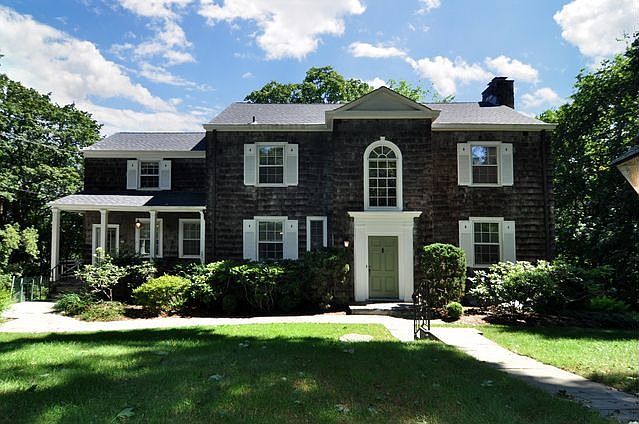The Significance and Challenges Facing Elm Trees Today

Introduction
Elm trees have long stood as symbols of strength and resilience in various landscapes, particularly in Europe and North America. Known for their grandeur and impressive canopies, elms have been integral to urban planning and environmental health. However, their prominence is being challenged due to environmental issues, diseases, and changing climate patterns that threaten their survival. Understanding the status of elm trees is crucial, as they play a significant role in biodiversity and urban ecosystems.
Current Challenges Facing Elm Trees
Despite their historical resilience, elm trees are currently facing severe threats primarily from diseases such as Dutch Elm disease (DED), caused by the Ophiostoma fungus transported by bark beetles. This disease has decimated populations across Europe and North America since the 20th century, leading to drastic declines in elm numbers. According to research from the USDA Forest Service, over 75% of the native elm population in the United States has been lost due to DED, representing a critical loss for ecosystems and urban settings alike.
In addition to diseases, elms are increasingly threatened by climate change, which alters growth patterns, increases susceptibility to pests, and modifies traditional habitats. Recent studies indicate that warmer temperatures are expanding the range of beetles that carry elm diseases, complicating conservation efforts even further.
Conservation Efforts and Public Awareness
Awareness campaigns and conservation efforts are being initiated to protect the remaining elm trees and restore their populations. The establishment of disease-resistant elm hybrids has emerged as a significant mitigation strategy. Researchers are working diligently to create and promote hybrids that can withstand Dutch Elm disease, enabling future generations to benefit from the ecological advantages provided by elms. Furthermore, urban forestry programs are advocating for the preservation and planting of elm trees in public spaces, highlighting the importance of maintaining their biodiversity in urban environments.
Conclusion
The future of elm trees is precarious but not beyond hope. With the collaborative efforts of scientists, conservationists, and the community, it is possible to protect and revive elm populations. The survival of elms is critical not only for the restoration of urban landscapes but also for preserving the overall health of our ecosystems. For readers, staying informed and actively participating in local conservation initiatives will be crucial in ensuring that elm trees continue to thrive for future generations.









